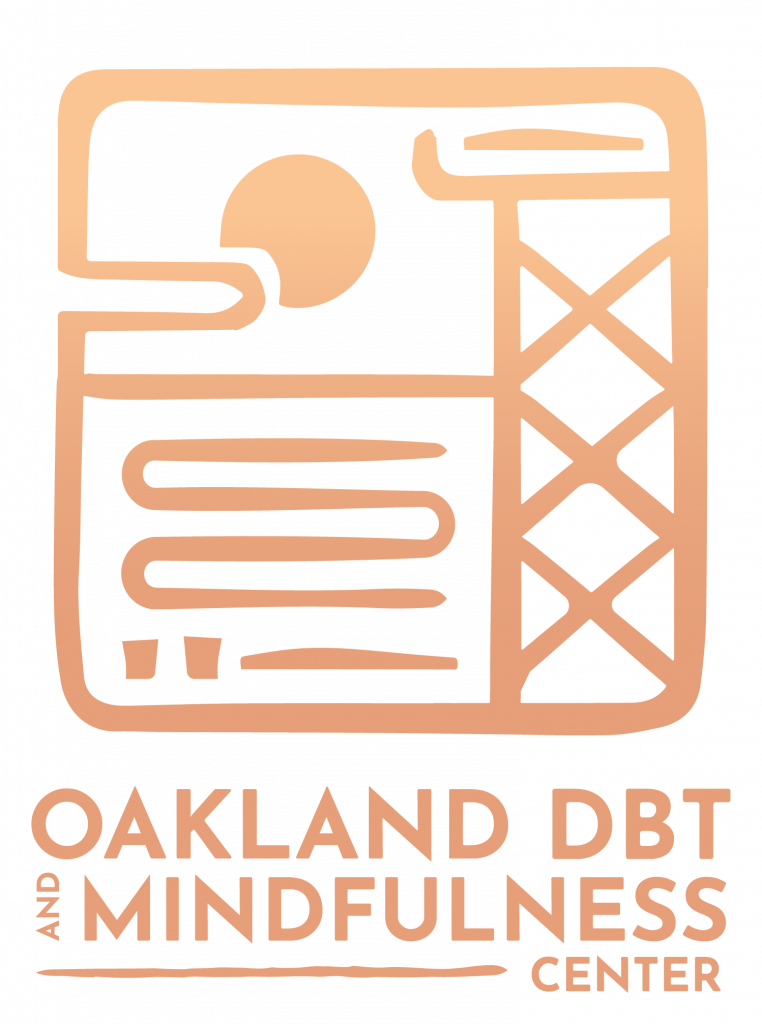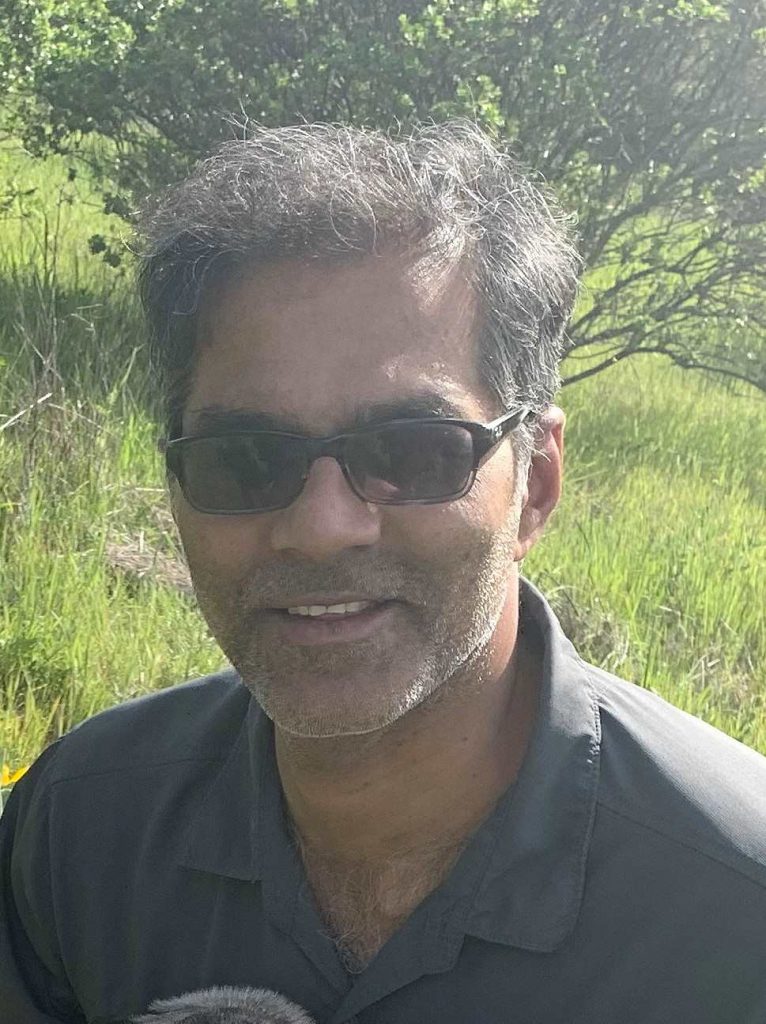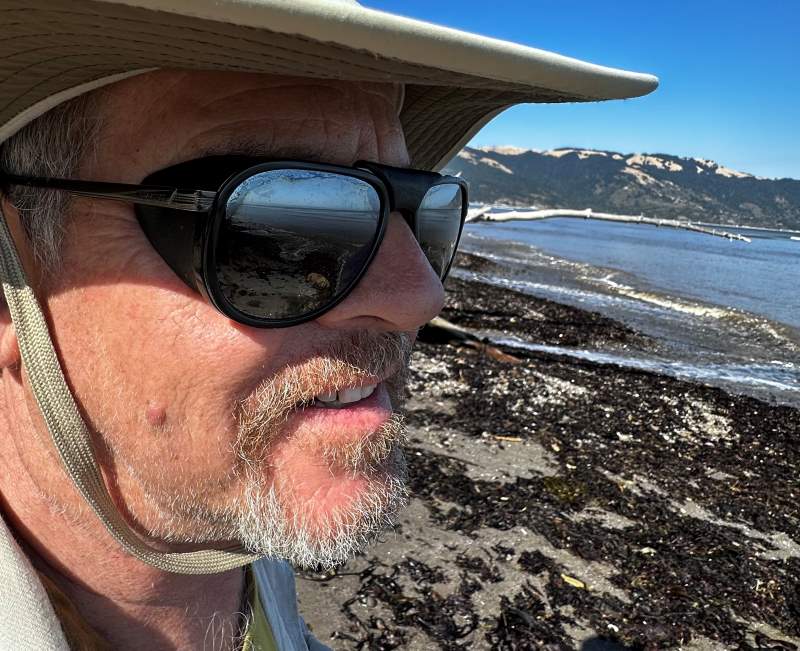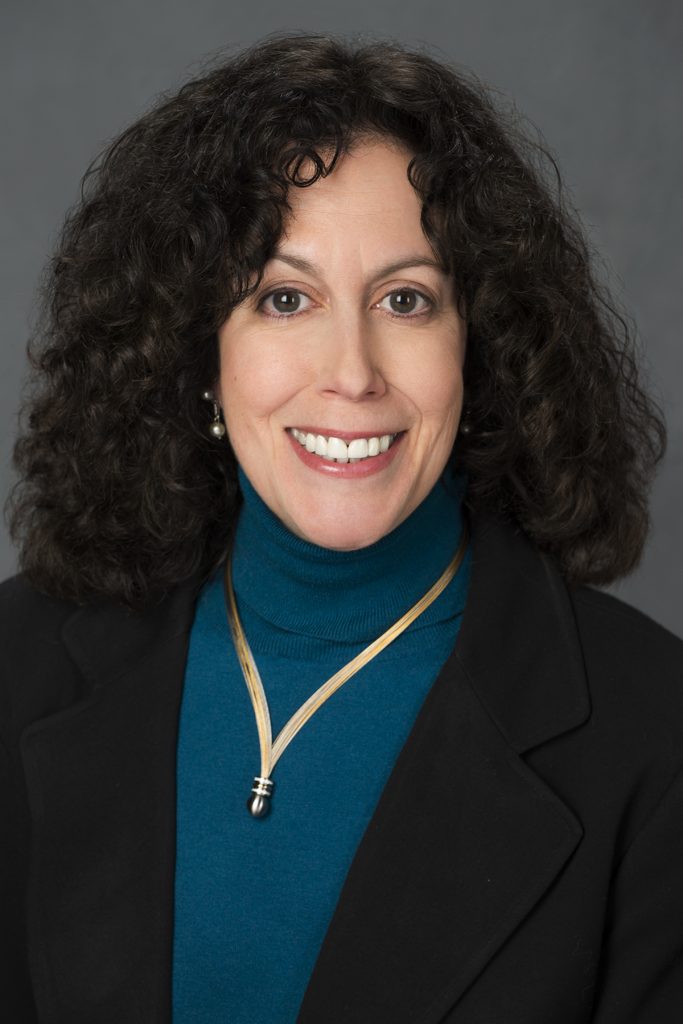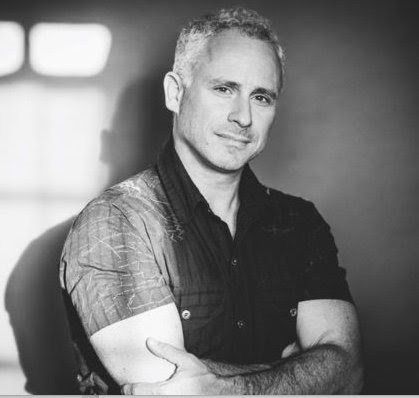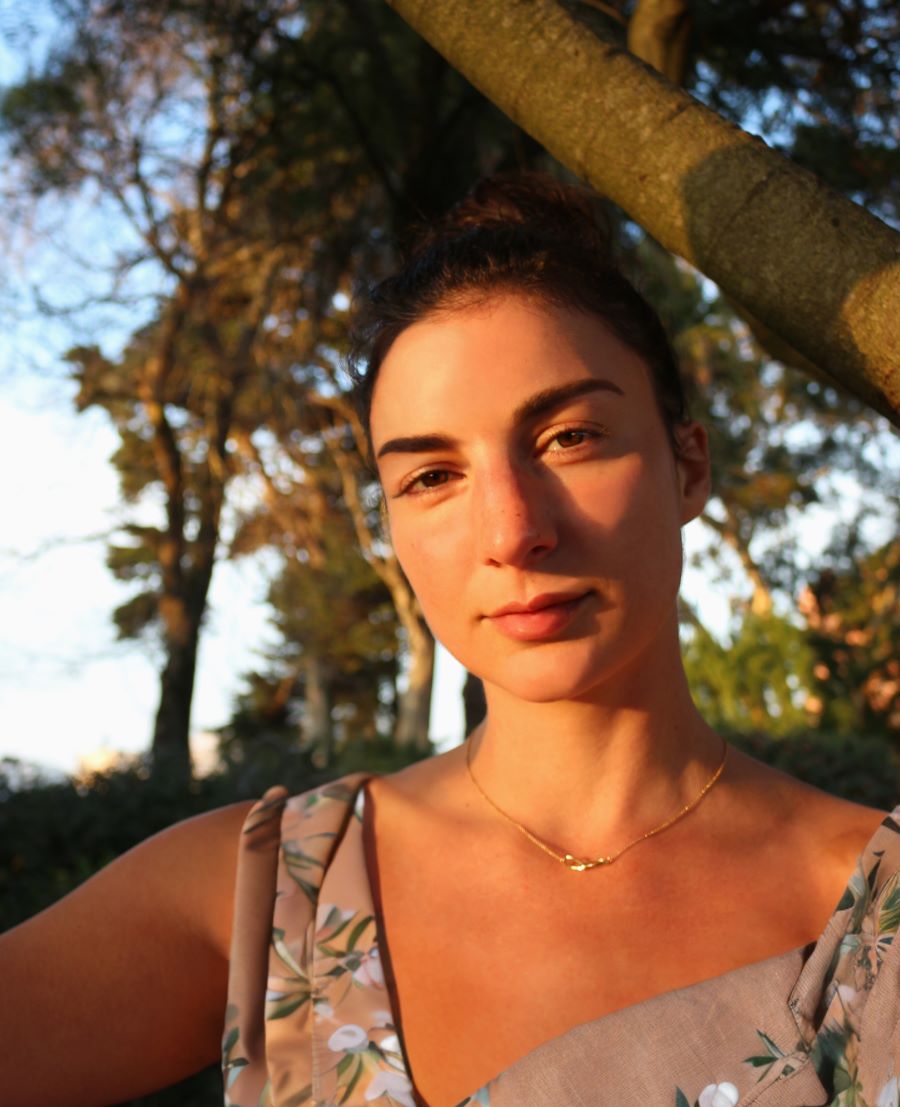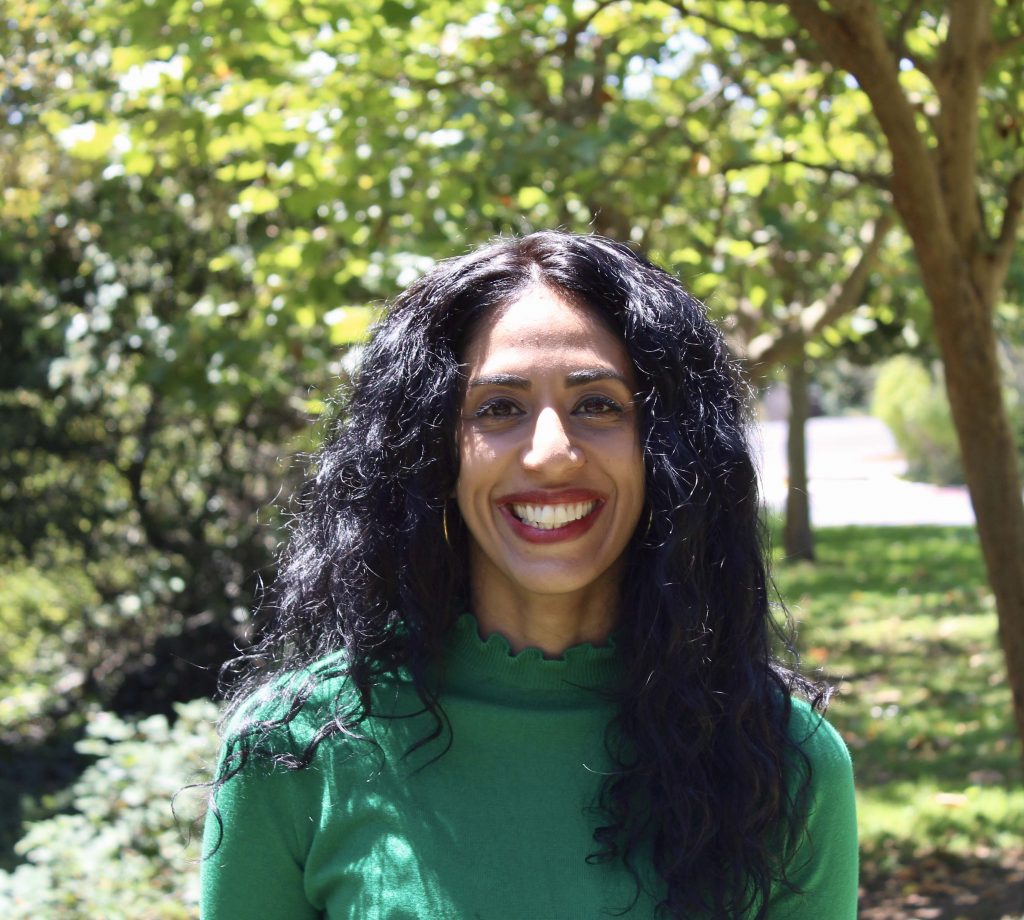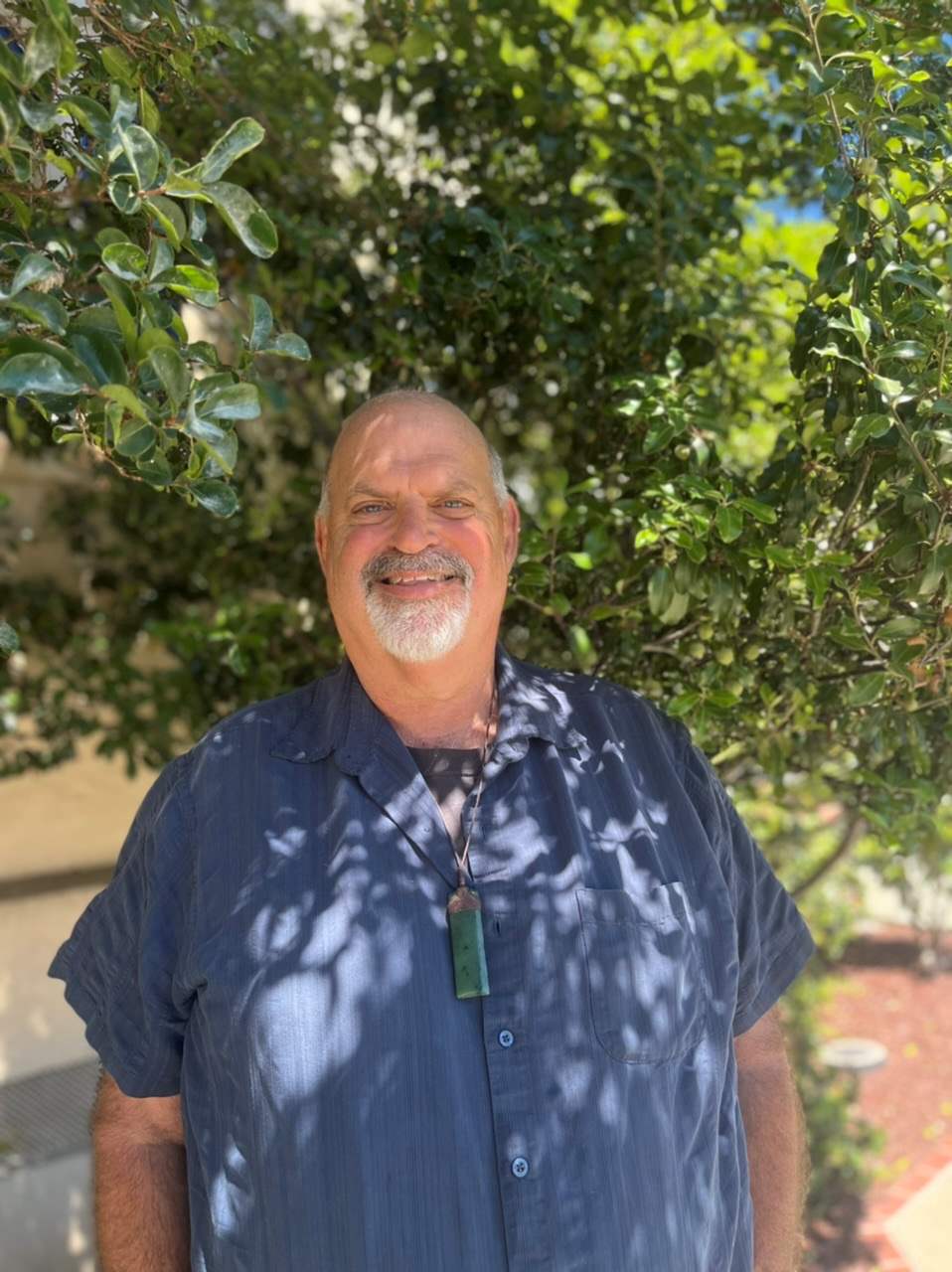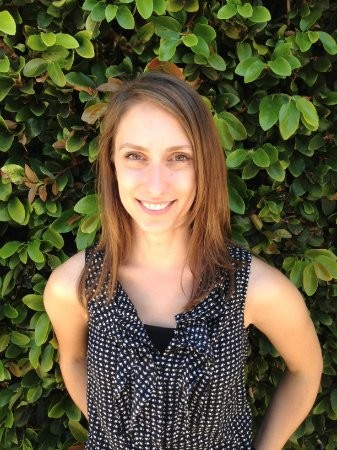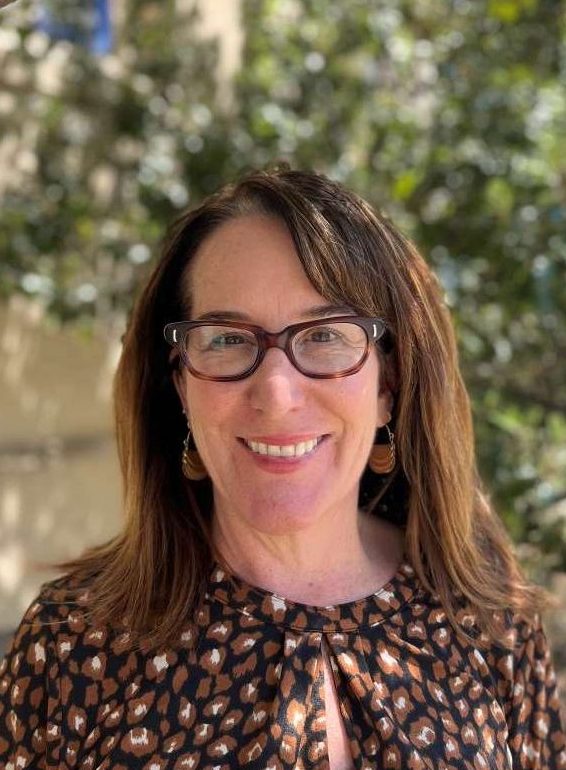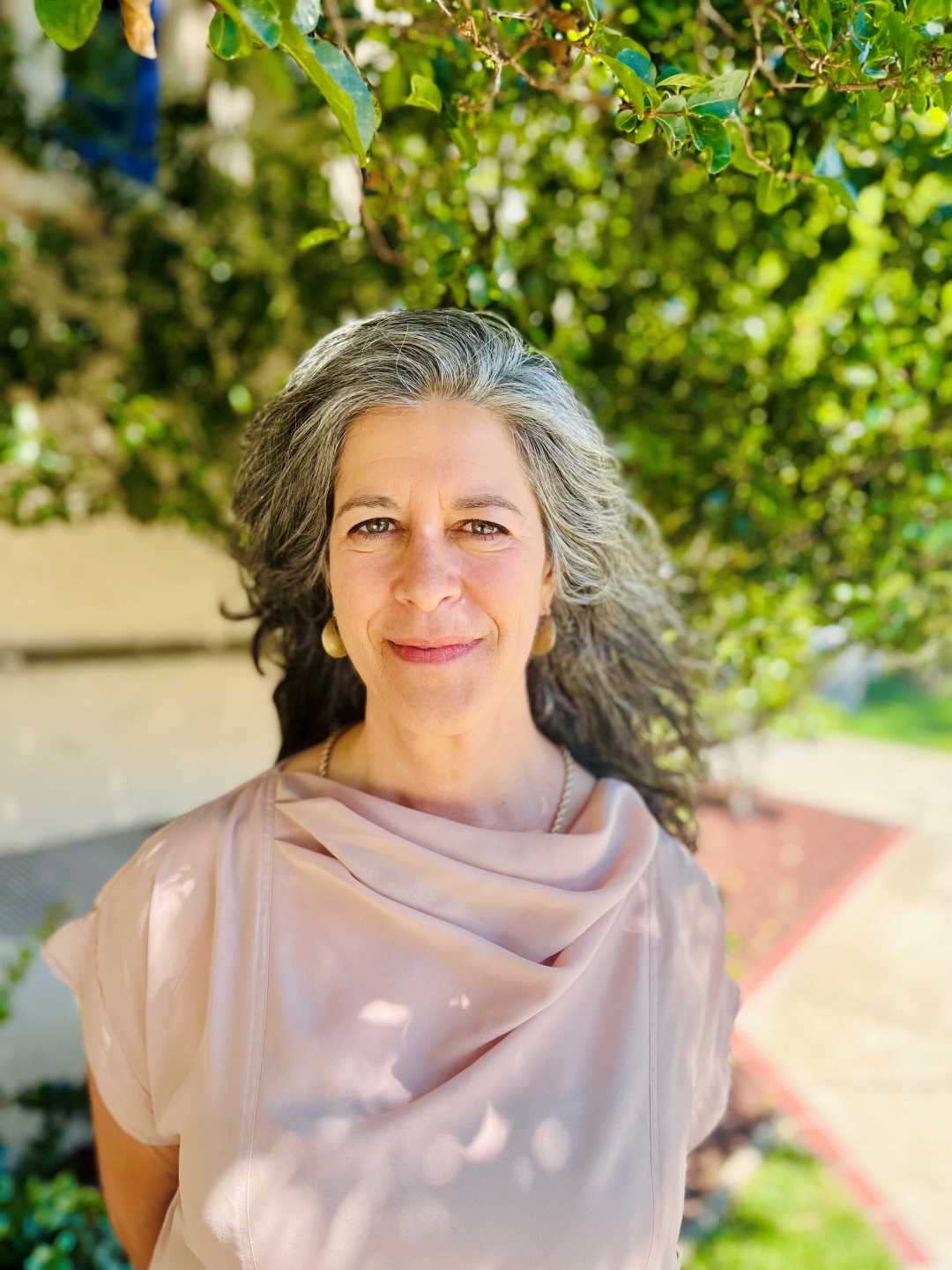Quick Definition
Integrative manual therapy is a gentle, hands-on treatment approach that identifies and releases restrictions in the body’s tissues, organs, and systems to restore natural balance and healing.
Many people live with chronic pain, postural strain, or stress-related tension, cycling through therapies that bring temporary relief but no lasting change. If you have wondered what is integrative manual therapy and how it might provide a deeper, more sustainable solution, you’re not alone. This gentle, hands-on approach is gaining attention for its ability to restore balance in the body by addressing the underlying patterns that keep discomfort returning.
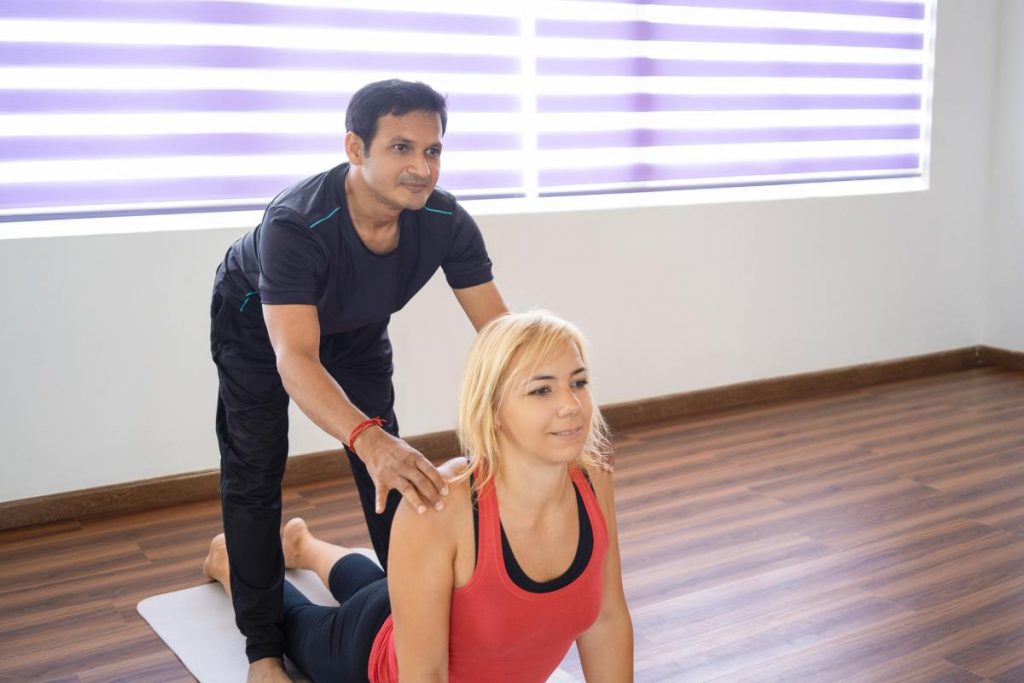
Unlike conventional methods that often target symptoms in isolation, this therapy views the body as a whole, interconnected system. At Oakland DBT Center, we believe in supporting people with approaches that respect both mind and body, and integrative manual therapy is one of the most promising examples of that philosophy in action.
The Origins and Philosophy
Integrative manual therapy (IMT) was developed in the 1980s by Dr. Sharon Weiselfish-Giammatteo, who sought to combine insights from osteopathy, physical rehabilitation, and craniosacral methods into a unified system. Her vision was rooted in a key idea: the body holds the intelligence to heal itself when barriers are removed.
This philosophy challenges the conventional medical model that often treats symptoms as isolated problems. Instead, IMT assumes that restrictions in one area may ripple throughout the entire body. For example, chronic headaches may stem not from the head itself, but from fascial tension in the spine or digestive organs. The guiding principle is interconnectedness: every structure, from nerves to blood vessels to fascia, contributes to health.
How the Therapy Works
At its core, integrative manual therapy uses a gentle, precise touch to locate restrictions in tissues, joints, or organs. Practitioners “listen” with their hands to identify areas where circulation, nerve conduction, or movement has been disrupted. Rather than forcing a correction, they use subtle techniques to encourage release and restore natural flow.
This process involves:
- Assessment through palpation: Feeling for restrictions, misalignments, or reduced mobility.
- Gentle hands-on techniques: Applying light pressure, sustained contact, or small guided movements.
- System-wide perspective: Considering how one area influences another, rather than focusing narrowly.
Clients often describe sessions as deeply relaxing and unexpectedly powerful, even though the touch is subtle compared to massage or chiropractic adjustments.
Techniques Commonly Used
Practitioners draw from a wide toolkit, including:
- Myofascial release: Easing tension in the connective tissue network that wraps around muscles, nerves, and organs.
- Craniosacral therapy: Supporting the natural rhythm of cerebrospinal fluid and reducing nervous system strain.
- Visceral manipulation: Enhancing the mobility of organs to reduce referred pain and improve circulation.
- Neurological balancing: Addressing pathways where nerve signaling may be impaired.
- Vascular and lymphatic techniques: Restoring healthy flow to reduce swelling and improve recovery.
These methods are combined uniquely for each individual, making the therapy highly personalized.
The Nervous System Connection
One of the most profound impacts of IMT lies in its effect on the nervous system. Chronic stress, trauma, or injury often keeps the body in a state of high alert, known as sympathetic dominance. This constant tension prevents tissues from relaxing and healing fully.
The gentle, reassuring touch used in this therapy communicates safety to the nervous system. In response, the body shifts into parasympathetic mode—the “rest and repair” state—allowing healing processes to activate. This explains why clients often report not just physical relief, but also emotional clarity and a sense of calm.
Conditions That May Benefit
Because it works holistically, integrative manual therapy has been applied to a wide range of concerns. Clients have sought this approach for:
- Persistent musculoskeletal pain such as back, neck, or joint discomfort
- Migraines and tension headaches
- Postural strain and repetitive stress injuries
- Digestive issues linked to fascial restrictions
- Circulatory and lymphatic congestion
- Neurological imbalances, including neuropathy or post-concussion effects
- Fatigue and stress-related tension
- Emotional patterns held in the body after trauma
While it is not positioned as a replacement for medical care, IMT can complement traditional treatments and enhance overall outcomes.
What to Expect During a Session
A typical session begins with a conversation about your health history, current symptoms, and goals. The practitioner then performs an assessment, using their hands to sense areas of imbalance. Unlike a conventional exam, this evaluation feels quiet and subtle, with an emphasis on connection rather than mechanical testing.
Treatment often takes place with the client fully clothed, lying comfortably on a treatment table. The practitioner applies specific holds or guided movements to different parts of the body. Some clients feel warmth, gentle shifts, or even emotional release. Others simply notice a deep sense of calm during the session and relief in the hours or days afterward.
Comparison to Other Approaches
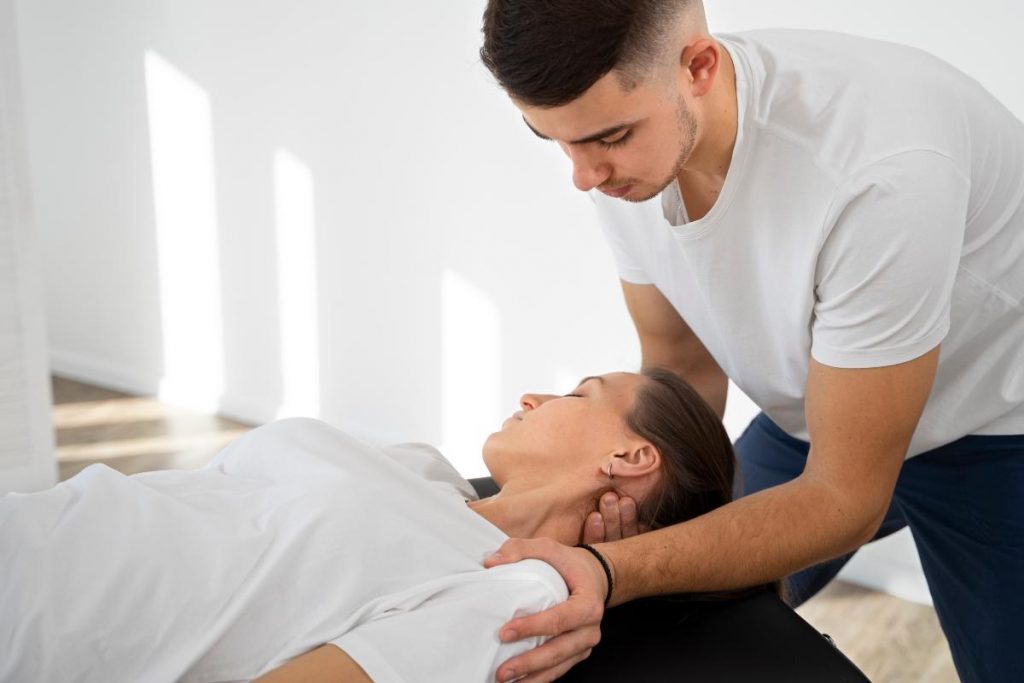
Many people wonder how IMT differs from better-known therapies like massage, chiropractic care, or physical therapy.
- Massage provides relaxation and relieves muscle tension but may not address systemic patterns.
- Chiropractic adjustments focus on spinal alignment, often using forceful techniques that may not suit everyone.
- Physical therapy excels at rehabilitation and strengthening but can be limited in addressing subtle fascial or neurological restrictions.
- Integrative manual therapy offers a unique blend: gentle, precise, and holistic, targeting the root of dysfunction rather than surface-level symptoms.
For clients who have tried conventional approaches without lasting results, this method often provides a missing piece of the puzzle.
Clinical Insights and Research
While specific large-scale studies on IMT are still developing, research into related techniques like fascia therapy, craniosacral methods, and osteopathic manipulation has shown promising outcomes for pain reduction, improved mobility, and enhanced quality of life.
Practitioners consistently report clinical success, particularly in cases where standard care has plateaued. Clients describe long-term relief, improved energy, and a greater sense of body awareness. Though science is still catching up, the experiential evidence highlights the therapy’s potential as a complementary tool in healthcare.
Integration Into Holistic Care
IMT is most effective when combined with other supportive practices. It can work alongside:
- Physical rehabilitation and exercise programs
- Nutritional guidance to support systemic health
- Stress management practices such as meditation and mindfulness
- Psychological therapies that address trauma and emotional resilience
- Medical treatments for chronic illness or post-surgical recovery
At Oakland DBT Center, we recognize the value of combining body-based methods with evidence-based psychological care. By addressing both physical and emotional dimensions, clients experience more comprehensive healing and resilience.
Who May Benefit Most
This therapy is suitable for a wide range of people, including:
- Those with unresolved chronic pain
- Clients seeking a gentle alternative to aggressive manipulation
- Athletes recovering from injuries or seeking performance balance
- Individuals with stress-related conditions or trauma histories
- Children, pregnant individuals, or older adults in need of noninvasive care
Because of its adaptability, it can be safely tailored to each person’s needs and comfort level.
Training and Professional Standards
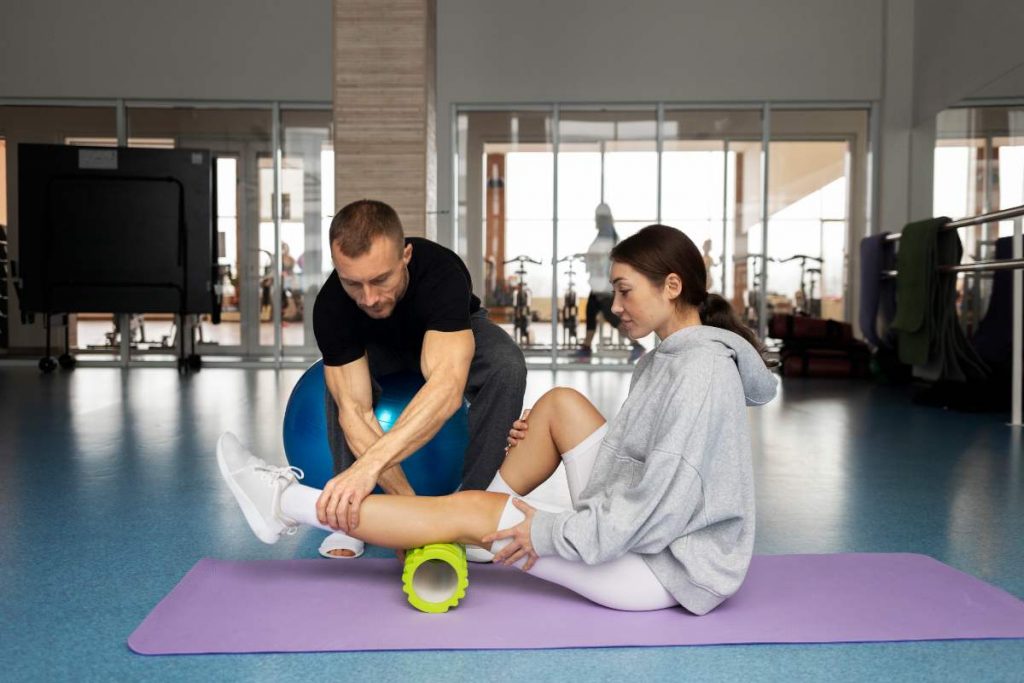
Practitioners undergo rigorous training in anatomy, physiology, and advanced palpation. Certification ensures that they can assess and treat safely, with deep respect for the body’s complexity. When choosing a provider, it’s essential to look for professional credentials and experience in this specialized field.
The Future of Manual Therapies
As awareness grows about the role of fascia, nervous system regulation, and whole-body integration, therapies like IMT are poised to gain greater recognition. The future of healthcare increasingly values collaboration between conventional medicine and holistic approaches.
This integration offers hope for people who have felt stuck in cycles of pain management, providing tools for not just symptom relief, but long-term restoration of health and balance.
Conclusion
So, what is integrative manual therapy? It is a gentle, noninvasive approach that recognizes the interconnected nature of the body and helps restore balance where subtle restrictions have disrupted health. By combining insights from multiple disciplines, it provides a pathway for lasting relief and deeper healing.
For many, the experience is not only about physical well-being but also about reconnecting with a sense of ease and wholeness. At Oakland DBT Center, we value approaches that bring together body and mind, empowering clients to move beyond pain and toward resilience, clarity, and strength.
Frequently Asked Questions
How does integrative manual therapy differ from traditional physical therapy?
Unlike conventional rehabilitation that targets specific joints or muscles, this approach looks at the body as a connected system. It addresses fascia, fluid movement, and organ function to uncover the root causes of pain and imbalance.
Can this type of manual healing support stress and emotional health?
Yes, because the nervous system is closely linked to physical well-being. Gentle craniosacral and fascia release techniques often reduce tension, support emotional clarity, and create a deep sense of calm.
Who can benefit most from holistic bodywork of this kind?
It is valuable for athletes, people with chronic conditions, and those recovering from injury or surgery. Even individuals experiencing fatigue or postural strain find that structural balance techniques promote lasting resilience.
Is integrative manual therapy safe for sensitive conditions like fibromyalgia?
Yes, the methods are gentle and tailored, making them suitable for people who may not tolerate aggressive treatments. The focus is on supporting the body’s natural healing capacity without creating additional stress.
What can I expect after a hands-on therapy session?
Many clients notice immediate relief in tension and mobility, followed by gradual improvement over time. Increased circulation, reduced inflammation, and heightened body awareness often continue well beyond the appointment.

